Today’s News for Women Over 50
Happy Tuesday, ladies! Welcome to Today’s News for Women over 50!
I have spent so much time writing about my style refresh, that I have not written one of these posts for awhile.
These are the days that I curate news headlines for you that may be of interest to you.
I look for fashion, health, beauty and lifestyle news which may interest a majority of you…so let’s get started!
TODAY’S FASHION NEWS FOR WOMEN OVER 50
We have spent a couple of months now discussing how we wear color, so I immediately noticed this article in the Washington Post recently.
I know that a focus on color has helped me a lot and there are different perspectives here…...I do think the last quote in the article is a good one and I will quote it on the blog!!
Read and consider: WHAT HUE LOOKS BEST ON YOU? COLOR ANALYSIS IS BACK TO HELP US OBSESS OVER OUR PERSONAL IDENTITIES
I do want to say that I believe attention to looking your best every day is beneficial….and not obsessive!
OK…I really want you to see this article…so if it is not opening for you…I copied the whole thing at the bottom of the post.
I know there are many fans of Eileen Fisher in this audience, so I wanted to share a thorough article from Cultured Magazine.
Here is: EILEEN FISHER AND THE NEW FEMININITY
TODAY’S HEALTH NEWS FOR WOMEN OVER 50
The next two articles address longevity…one I shook my head at and the other made more sense…however, we can learn from both of them!
From Market Watch, read Opinion: HOW TO EXTEND YOUR LIFE BY AS MUCH AS TWO YEARS
From Mbghealth: I’M A LONGEVITY EXPERT: HERE ARE MY NON-NEGOTIABLES TO LIVE TO 200
Here is some additional scientific research on blood sugar I believed some of you might find of interest.
From Sci Tech Daily: BRAIN SIGNALS THAT HELP MEMORIES FORM MAY INFLUENCE BLOOD SUGARS
TODAY’S LIFESTYLE NEWS FOR WOMEN OVER 50
Clearly one of the most popular salad dressings is ranch. From The Seattle Times you might enjoy THIS HOMEMADE RACH DRESSING WITH FRESH HERBS IS BETTER THAN ANYTHING FROM THE STORE.
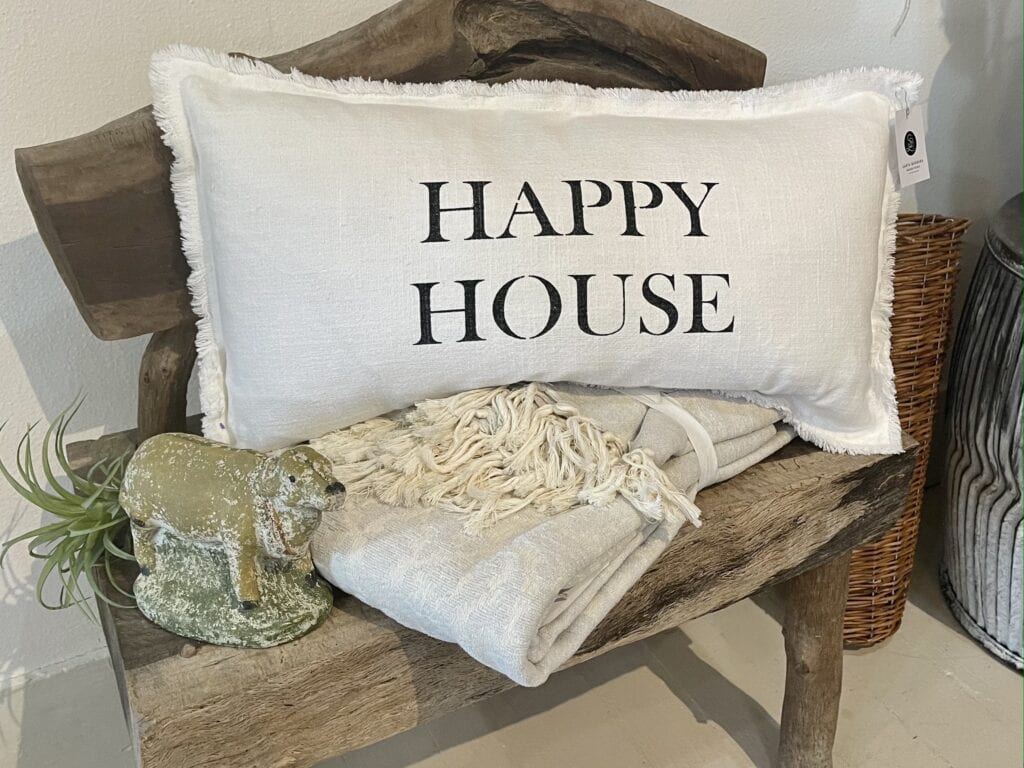 You know me…I always look for ways to encourage you to CHOOSE JOY.
You know me…I always look for ways to encourage you to CHOOSE JOY.
Though most of us do not live in apartments, the website Apartment Therapy produces good content. Enjoy: 6 EASY, LOW-COST WAYS TO TURN HAPPINESS INTO A HABIT, ACCORDING TO EXPERTS
We will close today for all of the cat lovers!
From Science Alert, CUTE EXPERIMENT REVEALS HOW YOUR CAT PROBABLY WANTS ITS MEALS SERVED
We began today with an array of color, so I decided our nature color inspiration would be this photo of a rainbow over autumn foliage.
Full disclosure….I did not take this photo. But for those of you who are not autumns, you can see how the different colors mix with the season…and I hope gain inspiration from it.
Thanks for being here today…please comment on as many stories as you like…and plan to join us tomorrow for a special post on affordable fashion!
KEEP SMILING, EVERYONE!!
By Pamela Lutrell
Style– Washington Post
What hue looks best on you? Color analysis is back to help us obsess over our personal identities.
By
August 18, 2021 at 6:00 a.m. EDT
317
I would describe my appearance in pretty basic terms: I’m fair, with blue eyes and freckles. I used to have black hair when I was a kid, but now — thanks to a pandemic year without hair dye — it’s faded to silver. I wear simple black dresses and red lipstick. But here’s what happens when I ask some color analysts — people trained to help clients find the colors that look best on them, often grouped according to the seasons of the year — to describe me, instead.
The first, who works in Washington, deemed me a winter with just a dash of summer, and praised my skin tone with words like “rich” and “cool.” That was nice, but then a different one, in Canada, said she wasn’t getting winter vibes from me at all, at least not over a Zoom call. A third color analyst, way out West, ditched the seasonal categories altogether:
“I would guess that you are bright, cool and deep,” says Natalie Bowman, who consults with clients in Corvallis, Ore. “You have very high contrast. So those bright colors will look perfect.”
Who am I? What am I? What kind of lipstick should I wear? These existential questions, best addressed by philosophers, clergy and shrinks, have found a new oracle. Seasonal color analysis — a big trend in the 1980s — has returned for a younger generation determined to find out whether they are a winter, spring, summer or autumn, and subsequently, which colors suit them.
One would think that after decades of inhabiting the same body and seeing its reflection in the mirror every day, a person would know the shades that flatter them. It might sound silly to pay someone hundreds of dollars to tell you something you should be able to figure out with your own two eyes, but people are historically bad at it, the analysts say.
“Intuitively we think, ‘Well, it’s me, I should know,’ ” says Christine Scaman, founder of a color analysis system called 12 Blueprints. “But then the world gets into your head.”
For example: Pantone declares a particular yellow the color of the year, even though it makes certain skin tones look jaundiced. Or your friend persuades you to try blue smoky eye shadow, or tells you that sage green bridesmaid dress looks soooo cute, or, ugh, remember that one year every godawful thing was millennial pink? Besides, despite what fashion magazines preach, not everyone looks good in black.
Like me, apparently?
That’s the verdict of Melany Carlos, an Arlington image consultant with the House of Color, a chain of trained seasonal color analysts. Carlos tied my hair up in a white, “Handmaid’s Tale”-esque bonnet, and layered my neck with about two dozen of her 336 scarves, each a different color. In quick succession, she began whisking them away, like a magician pulling a tablecloth out from under a full place setting. Bright purple. Lilac. Dark navy, then light. Bubble gum pink, mauve, fuchsia, strawberry. Cream, then pure white.
“We lost your jawline a bit there,” she says, frowning.
“If you are warm, these blue-based colors can drain color from your face, sometimes make your lips look a bit blue, sometimes put bags under your eyes,” she says. “If you’re cool, these warm colors will give you that sallow, yellow look to your skin. Even the whites of your eyes can go a little bit yellow.”
On the cool-toned scarves, my skin looked “bright and healthy,” she noted. On the warm ones, it looked “orangy.”
Another set of scarves: Rich sky blues, pastel yellows, maroon, teal, slate gray. And then, Carlos’s diagnosis: I am, it turns out, a “dark summer” meant to wear cool, muted colors like baby blue and plum.
A dark summer. How 2021.
Seasonal color analysis isn’t the only system. There’s also the Your Color Style methodology, a framework that eschews calendrical references for a trio of adjectives for each person’s type: You might be “Soft, cool and medium” or “Bright, warm and light,” for example.
“With the seasonal thing, it feels like very poetic,” says Bowman, who is trained in both methodologies and finds Your Color Style to be easier. “This is like: You are bright or soft, you are warm or cool, you are light, medium or deep. So it translates a little bit easier.”
Those trained in the art of color analysis see mismatches everywhere, like a doctor who can’t help but notice a malignant mole on a random stranger’s neck.
“You can’t turn it off,” says Scaman.
Many color analysis companies consider the Swiss expressionist painter Johannes Itten, a member of the Bauhaus school, to be the forefather of the practice. Itten, whose book “The Elements of Color” rests on Carlos’s countertop, was the first to divide colors into seasons based on their tone, and to associate palettes with personality traits.
Color analysis entered fashion with the publication of two books: “Color Me a Season,” by Bernice Kentner in 1978, and “Color Me Beautiful,” by Carole Jackson, two years later. The problem was that Kentner and Jackson were both White, and the book was written for people who looked like them: Everyone with olive or Black skin was automatically deemed a winter.
Like Tupperware and Mary Kay salespeople, women who were trained in the art of color analysis saw clients in their homes and earned commissions on makeup and product sales. An Amway color analyst, Janet, makes a memorable appearance in Michael Moore’s 1989 documentary, “Roger & Me,” bringing her colored scarves to a party.
“About 80 percent of the world’s population is winter or summer,” Janet says, confidently, and then, cringe: “Blacks, Jews, Italians, most often, are winters.” (Moore, whose colors she analyzes on camera, is found to be a spring.)
More inclusive techniques eventually emerged (as did another book, in 1994 — “Women of Color” by Darlene Mathis) that offered a more nuanced approach.
Contemporary color analysts no longer automatically assign a season to a person based on their skin color, but the field is still predominantly White, and many of the images used as examples of different seasons are White women, too.
Looking at one color analyst’s website, “I don’t see any diversity at all,” says D’angelo Thompson, a stylist and makeup artist in New York. “It only skews to fair skin, and they say warmer skin tones, but I don’t really see it.”
When clients ask him what season he thinks they are, he tries to steer them away from the notion.
“I think assigning a season is kind of antiquated,” Thompson says. “I don’t like putting people in boxes, even when it comes to color.”
Melany Carlos got into color analysis after she had kids and was acclimating to a new wardrobe for her new body. Her mother scheduled an analysis for both of them as an outing.
“I just remember sitting in the chair looking at my face change colors with the different drapes that’s she’s putting on me and I thought, ‘Holy smokes,’ ” she says. “I could not believe it.”
Previously drawn to autumn colors because of her brown hair, she discovered she was a winter. Then, working as a dental hygienist, Carlos bought scrubs in all of her colors, and the comments started rolling in from her patients: “Have you lost weight, were you on vacation, did you get a tan? I had one old lady asking me if I was having an affair,” she says. “She’s like, ‘You just look so happy.’ ”
Then she trained with House of Color, a British-based company that is rapidly growing in the United States. Most color consulting companies aren’t multilevel marketing schemes — they operate on a franchise model and don’t require recruiting a “downline” — but they seem to attract a similar clientele. Both MLMs and color consulting firms recruit women who want to work part time from home, and require a large initial investment —$16,000, for House of Color, in addition to monthly dues and products they purchase through the company.
Color consultants can charge hundreds of dollars per session and earn a profit even after deducting the costs of the printed swatches they might include in the package for each customer. Carlos, who charges between $215 and $245 per session, says she has already earned back her investment.
A reading was worth the money, says Abiola Elusoji, who paid about $350 for an online consultation with Bowman, and learned that she was “bright, cool and deep.” She expanded her mostly black wardrobe to incorporate bold jewel tones. The 22-year-old Chicago resident says it enhanced her confidence.
“I immediately know, like, anything that is warm makes me look sick,” Elusoji says. “Now I just go with the cool because I know that’s what I am.”
So why is this early-’80s fashion practice making a comeback among the children of the women who believed so deeply in it? Maybe it’s a desire to look good on Instagram, or in all of those Zoom meetings — a ring light can only do so much.
Or . . . (Brace yourself, anyone who loathes generational generalizing.)
Millennials and Gen Z tend to be enthralled with frameworks that purport to tell them more about who they are, whether it’s Myers-Briggs, enneagrams or tarot. Steeped in the language of therapy and self-care, and living in an era that prizes identity above all else, they might see color analysis as another way of discovering their true selves. Some analysts encourage the comparison, insisting there are personality traits associated with each season. It’s like having an astrology reading, but for your shirts.
For example: The book “Color Your Life” by Howard and Dorothy Sun describes the “summer personality” as belonging to “very serious people with a warm heart and deep feelings, but they find their feelings hard to express. They often lack spontaneity and a basic willingness to participate in life.”
Or, “Springs [have] energy — ‘Let’s go!’ They’ve got a can-do attitude, they’re fun,” says Scaman. “Autumns, it’s put your head down and work.”
Scott Orsborn — soft, cool, and deep, according to Bowman’s analysis — compared his experience to “getting your caricature drawn, when you kind of see the way that other people see you,” says the 44-year-old co-owner of a flooring store in Oregon. He feels like his new wardrobe, which includes some flashy colors, has helped him land sales. “It’s very eye-opening.”
“I have my notebook in my purse at all times. So I just I run into a store, I’ll have it right with me and you just like, hold it up to the color,” says Alizebeth Wallace, 20, of Stillwater, Okla. She’s on Oklahoma State University’s pom squad and she’s a summer, and those two facts, together, are problematic: Her predominant school color is orange. Autumn. With the exception of her cheer uniform, she ditched nearly everything else in her wardrobe that wasn’t in the summer palette.
“It’s sad to see that go, but it makes me feel better knowing that that color actually didn’t suit me very well,” she says.
Sometimes, a color consultant will tell someone what they are, and they won’t want to hear it. When Carlos’s mother was told she was an autumn, she received the news as if it were a terminal cancer diagnosis — “My mom was in tears, really,” she says. But once she realized there was more to autumn than oranges and browns, she got over it and is “now very happily living her life as an autumn.”
Like so many things about women’s fashion, color analysis is a double-edged sword: a way to make women feel good about themselves and bad about themselves, simultaneously. It’s both empowering and limiting. I thought about all the lovely black dresses and tops in my closet, and how, on a summer like me, they’re considered harsh and overwhelming. I’ve apparently been wearing the wrong colors for my entire life.
Acceptance takes time, Carlos says: “I just let people break up with black on their own.” She steers me toward a dusky purple called “smoked grapes.” I will probably never wear it. But I can see myself wearing more pink and light blue.
“There’s no color police out there,” she says. “My only job is to show you how absolutely beautiful these colors look on you. What you do with it afterwards is entirely up to you.”
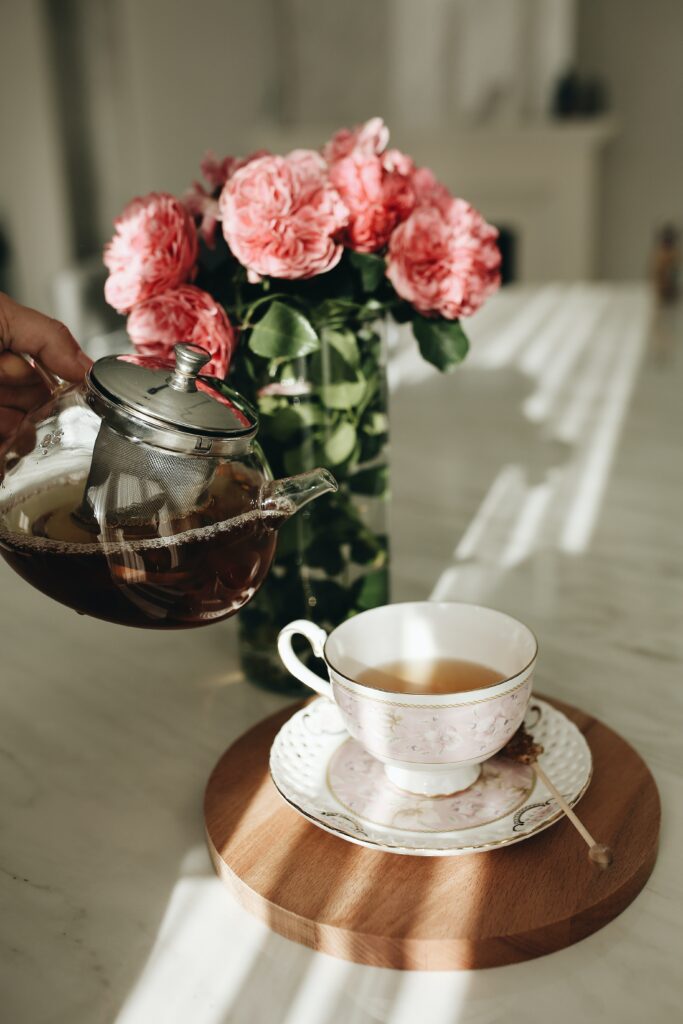
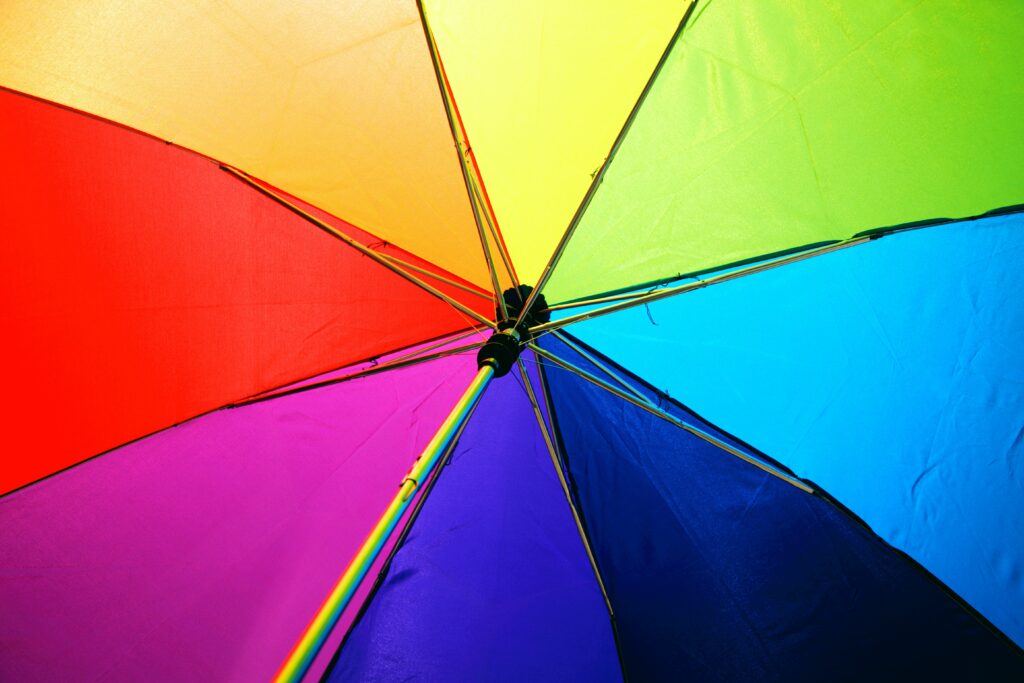
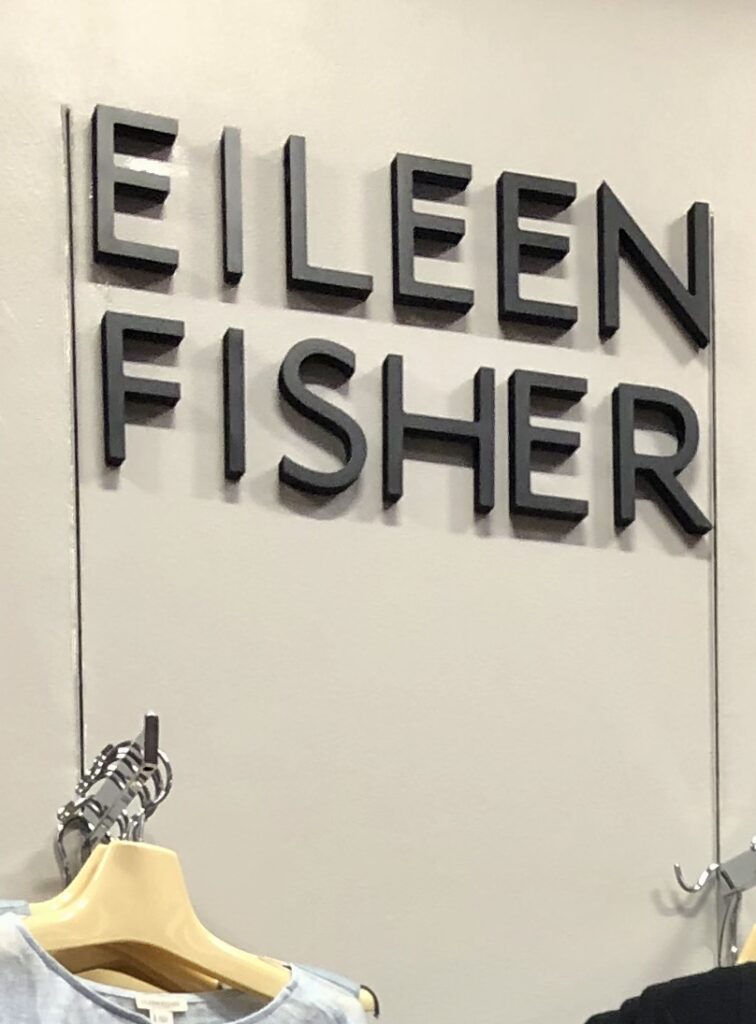
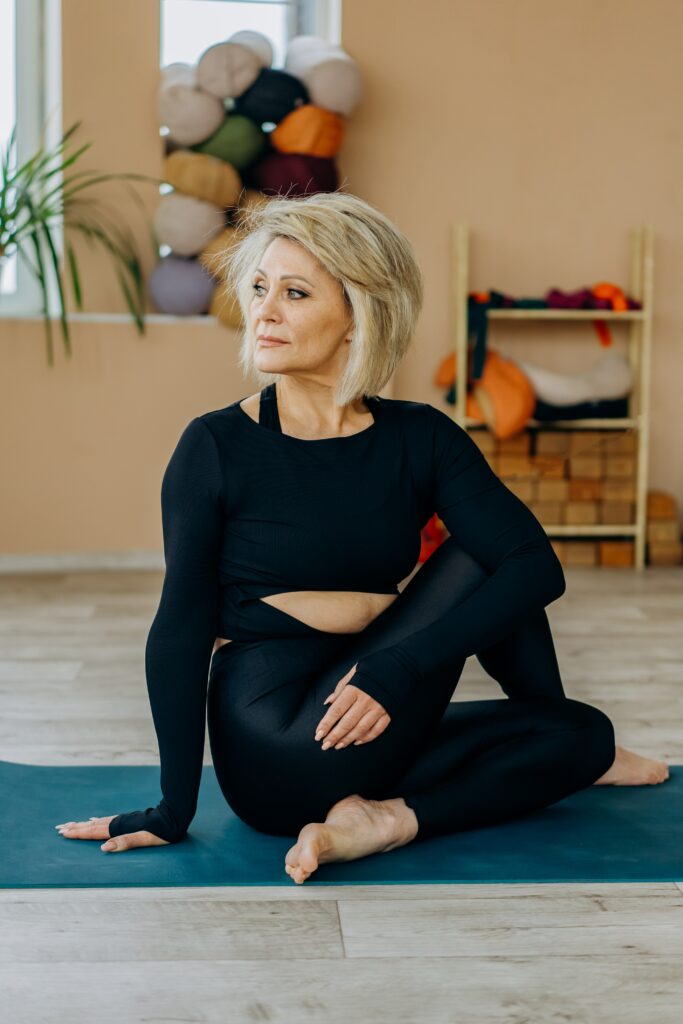
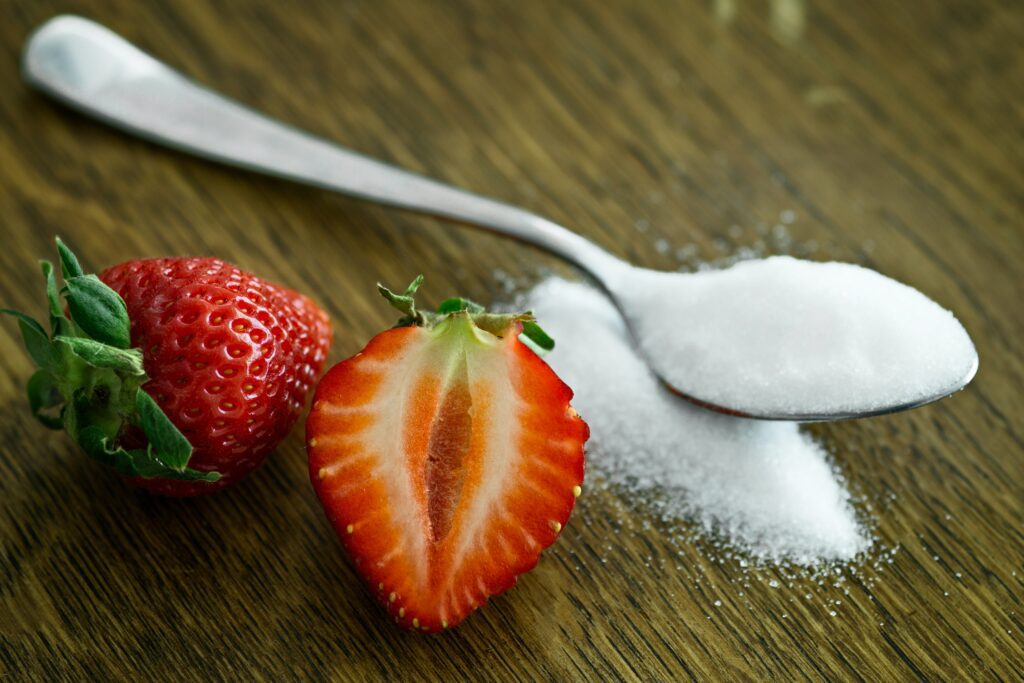
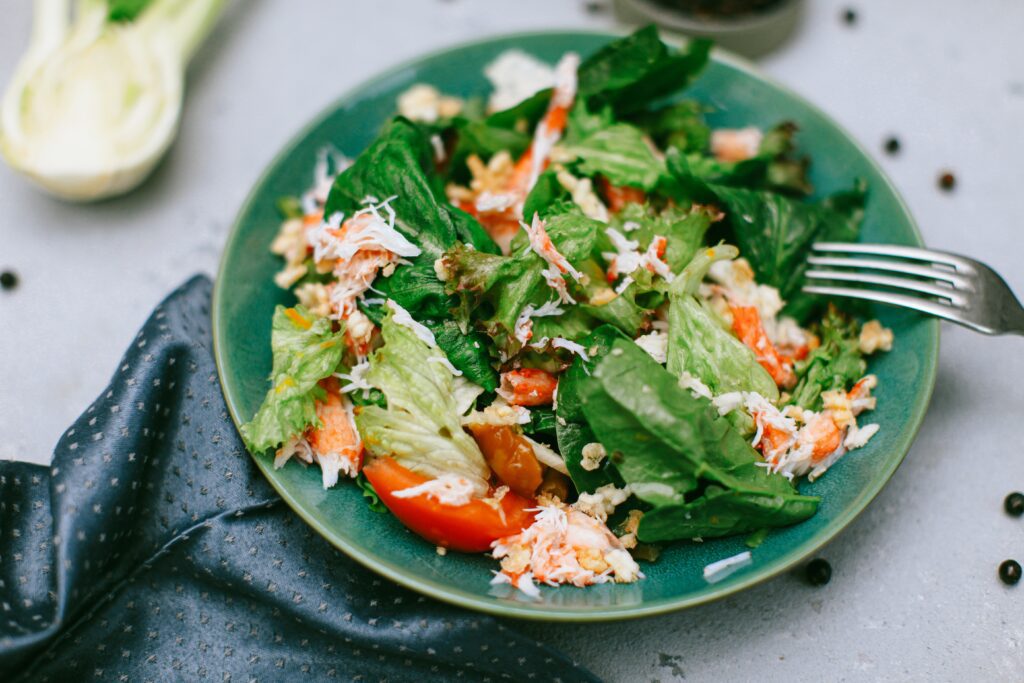
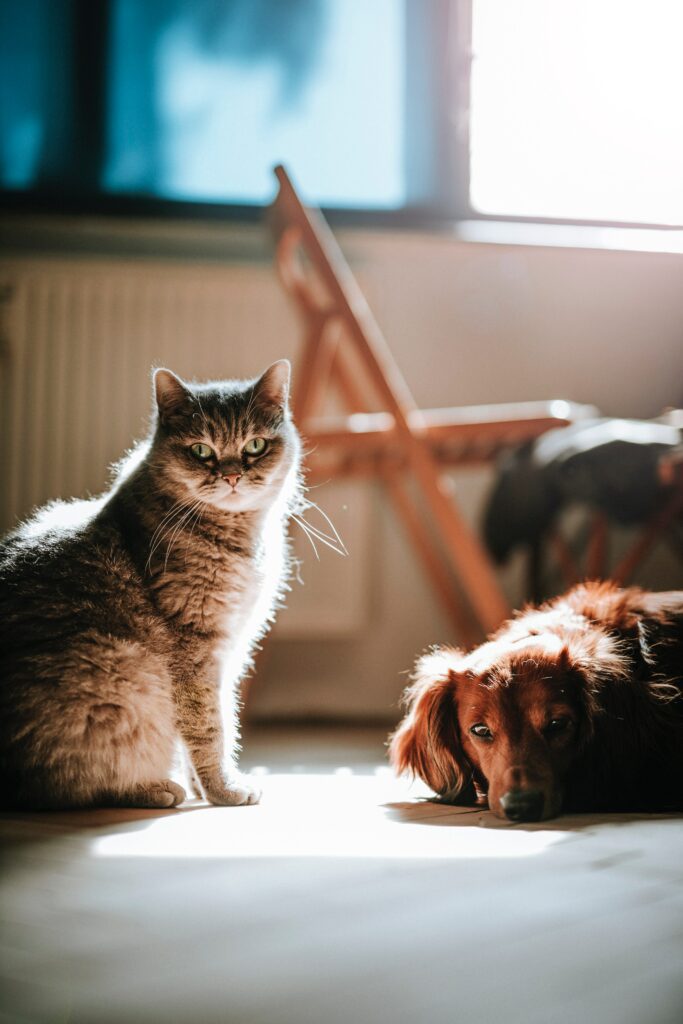
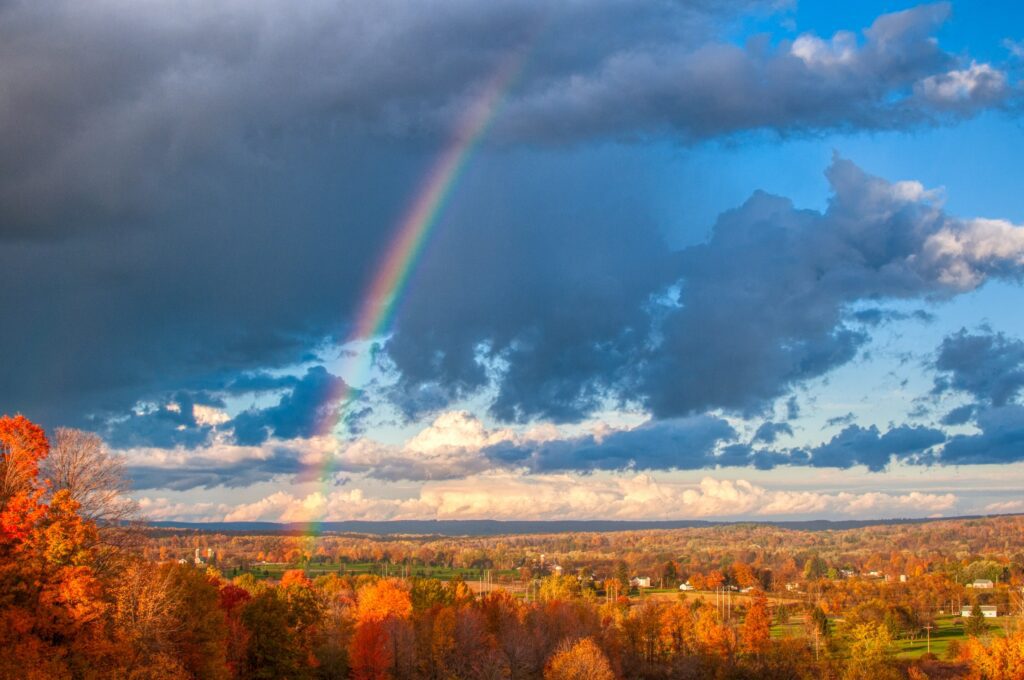
Interesting articles today. I’m going to send this to my sister so she can see the Eileen Fisher article. I do like many items in her collections, but never saw them as my kind of feminine interpretation. I can use some pieces and make it my personal style, but the more shapeless things have never appealed. I think this is why style is so personal, and shows how we can take things from different sources and make them work personally. Interesting. “Living to 200” would be a horror, but there are things to clean from those articles! Surprised to see the inclusion of MSG in the dressing recipe, but that’s easily omitted. I’d think with all the herbs, a flavor enhancer wouldn’t be necessary. Thank you for always finding such interesting articles!
I really wanted to read the Washington Post article on color, but don’t have subscription to the publication. Is there another way the article could be posted so that those of us who are not subscribers could read it?
Always enjoy these compendia of current articles……..thanks!
I enjoyed the Eileen Fisher article! She sounds like a kind, fair and as the article demonstrates- a humble woman, yet a woman who is a proven leader. Love her clothes!
The article on early retirement struck me differently. I guess studies show differently, but in my family those who retired early lived longest. My dad to 92 and my mom to just shy of 101. Interests and hobbies and reading occupied their time. My mom had good friends ! My dad shared long life with his brothers! They rarely drank alcohol but did on occasion.
It comes up on my end and I don’t have a subscription. Let me see what I can do. Sorry about that.
Hi Carol, I just copied the whole article and placed it at the bottom of today’s post…I knew some of you would really want to see it!
My family members who retired early took pride in being able to slow down, which in some cases became truly sedentary. They declined mentally and physically with breathtaking speed. We stay as active as possible and are likely to return to substitute teaching a few days a week when the virus has settled down. It all depends on whether you have the self discipline and outside interests to stay engaged. Many people, I think, would be better off working part time. The second health article was great. I eat a plant based diet, before being laid up with foot surgery was walking every day, and both of these things have had a major impact on my health and happiness.
WOW!! thanks for going the Xtra 10 miles!!
Interesting articles today. As a person who has been here for both rounds of color analysis, I can relate to the “you have brown hair so you’re an Autumn” statement. I was never happy in those colors. I have always gravitates to the cooler colors because that’s when I felt I looked my best. I don’t want to live to be 200, but I do want to enjoy my life, so there were many tips to take into consideration. I love the autumn photo you shared.
Thanks for all the info today. And thank you for reprinting the colour article. I get a large block in the middle of the page that says I need to subscribe, so I actually got to read the whole thing today. So much good stuff. The thought of living to 200 would be insane, but interesting to read. Even the cat article was fun. Have a great day.
Wear what brings you joy! That’s my philosophy. Color shouldn’t make anyone cry.
I really enjoyed these articles, especially the ones on color analysis and Eileen Fisher. Thanks for keeping us informed!
The article about colour is a good start on understanding that this “colour” thing is not carved in stone. Being told that a person is a Winter/Spring/Summer/Autumn is a great place to start for someone who has no training in colour….but it is way to limited for me. While there are some basics (e.g.. warm versus cool, etc) it really comes down to hold the garment up to your face and if the colour looks good wear it. Many dyes for clothing are altered (often adding blue or black) to look good on what the greatest number in the population can wear so it is not as simple as it seems. Bring the clothing home, take off your makeup and hold the garment up to your face in good light and see if it looks good…..you might need a friend or family member to be your helper here because they can see what you might miss. Fibres take on the dyes colour differently so you may be able to wear black cashmere but not black polyester. I grew up with colour/line/form because my Mom was a fibre artist so I could write an article as long as the one here about colour and how it works in various fibres but this is not my Blog.
I also want to add that I truly wish that Eileen Fisher would offer some other basic colours in her System line so that there was a “year in and year out” choice of colours like Navy, Brown, etc for those that don’t look good in black